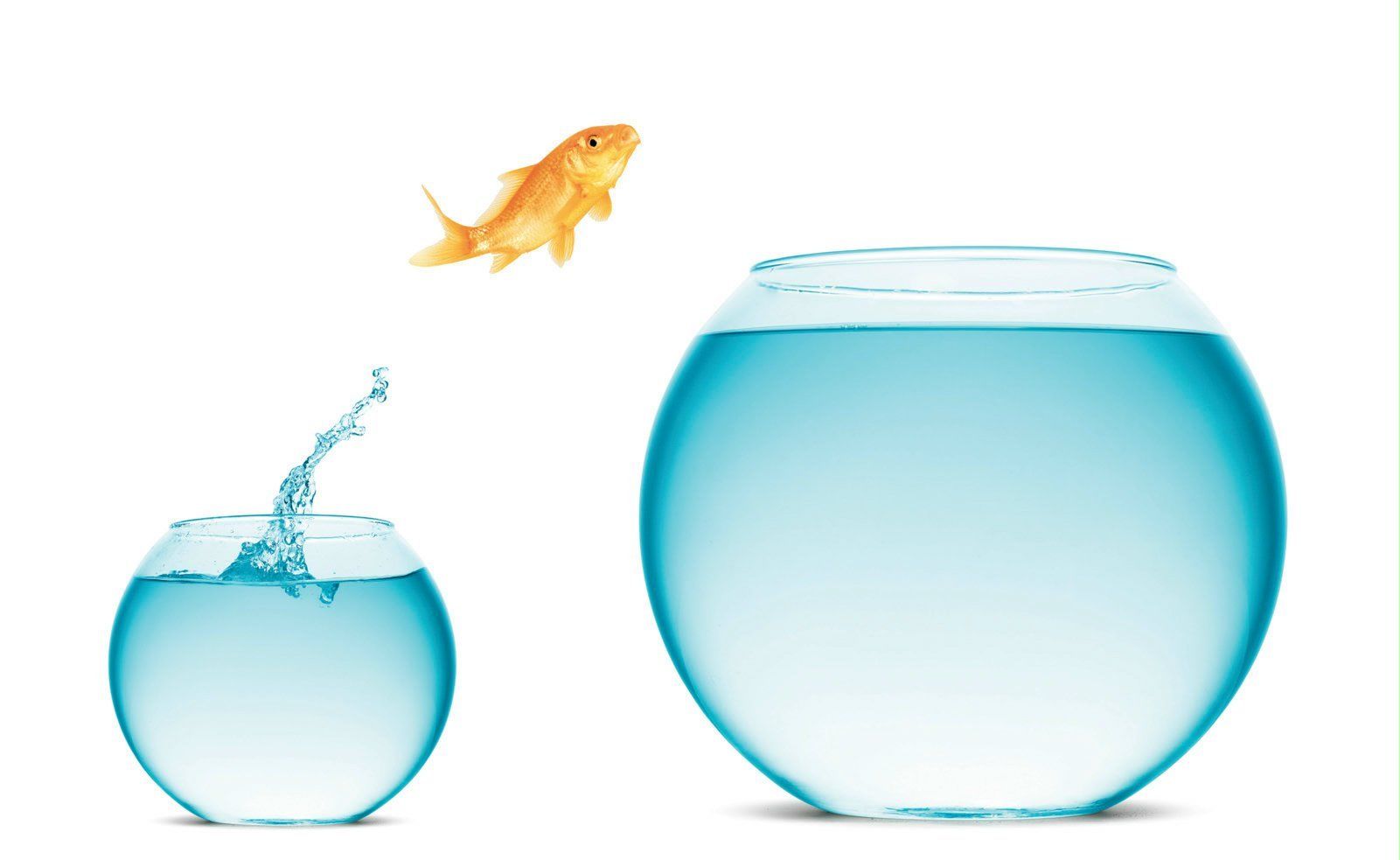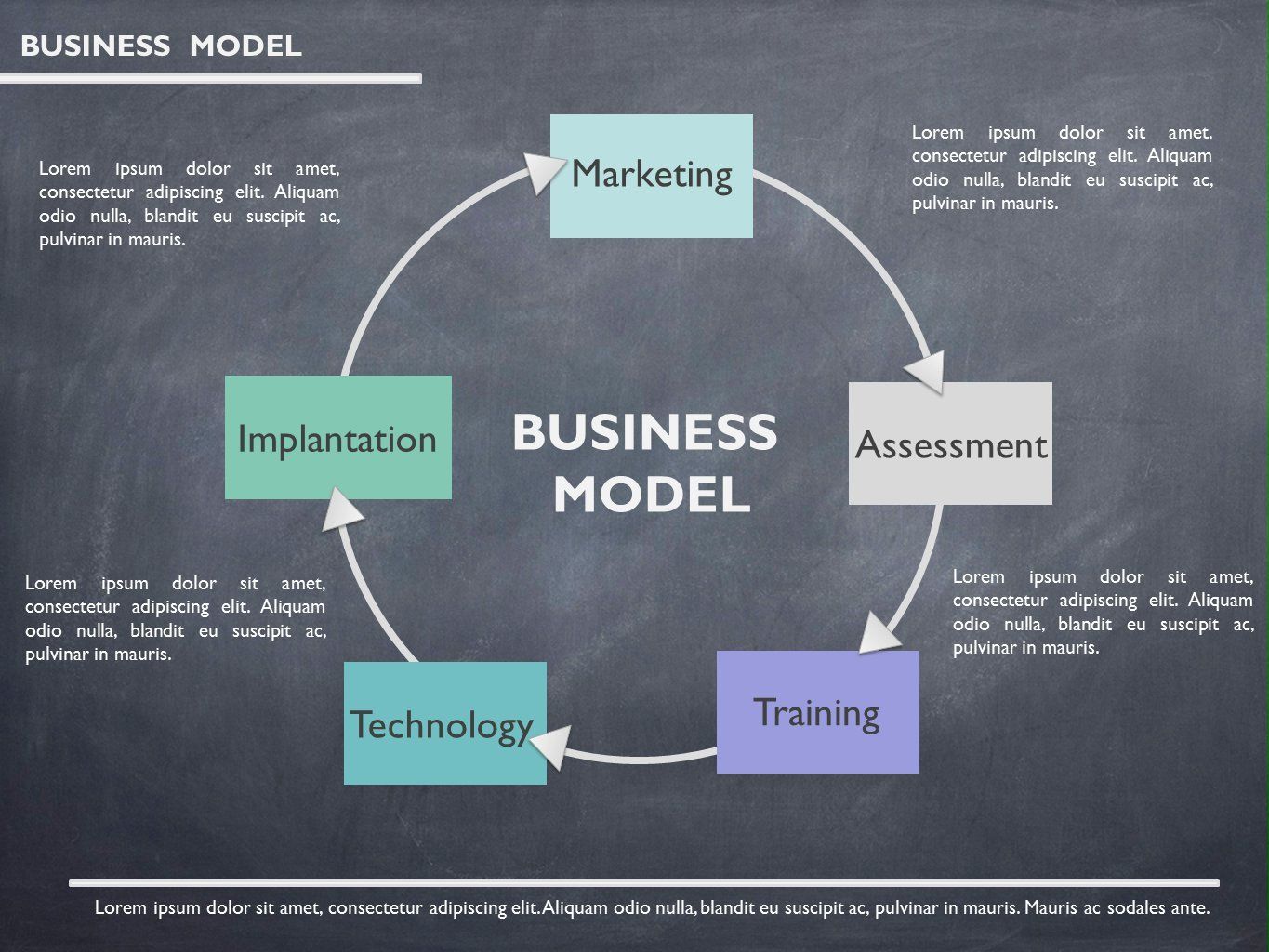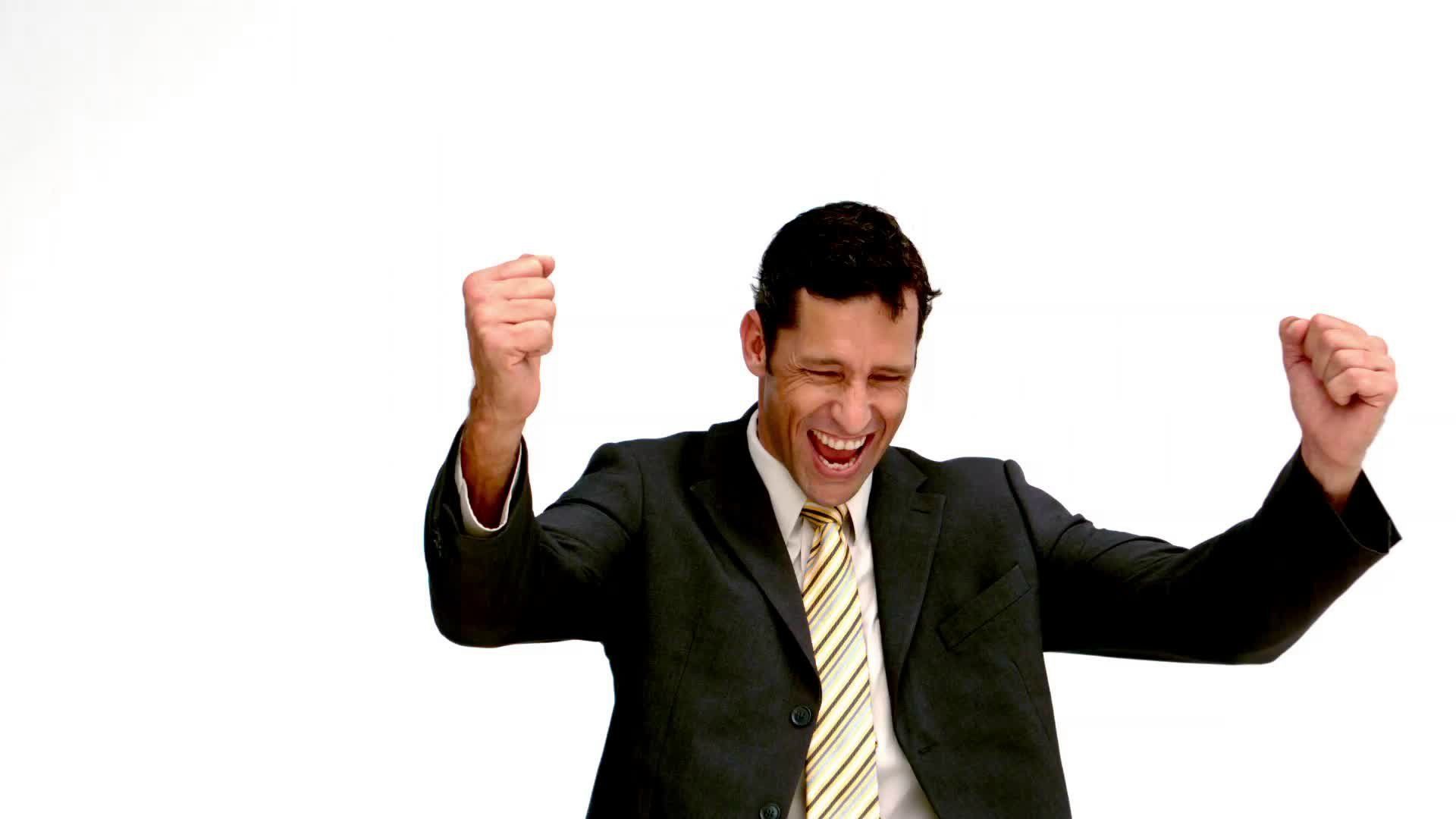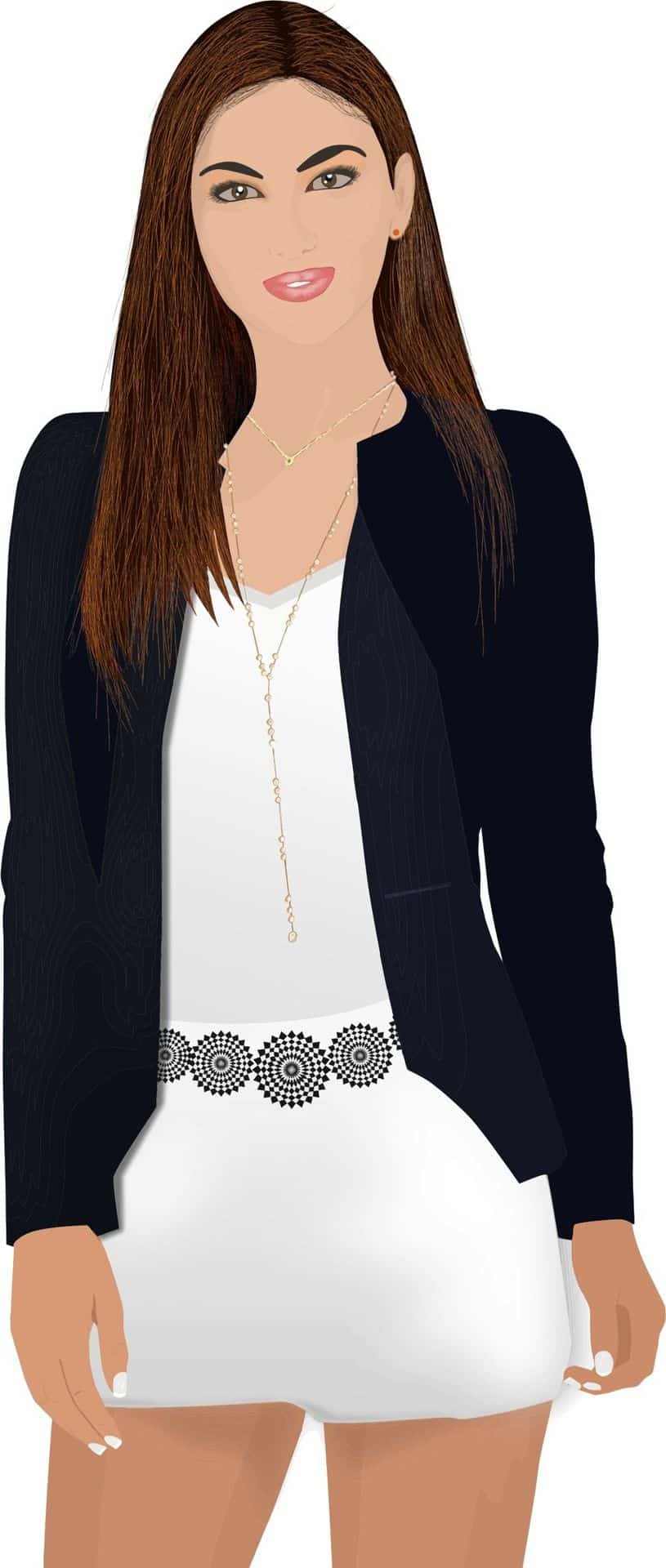The Perpetual Pursuit of ‘After’
The thumb knows the motion better than the mind does. A slick, upward flick, a blur of saturated color, and then the stop. It’s always the same image that halts the momentum. Two pictures, side by side. On the left, a woman is hunched slightly, the text screaming ‘DISGUSTED.’ On the right, she’s chiseled, triumphant, the text now a victorious ‘DETERMINED.’ The caption details a litany of self-hatred transformed into a narrative of triumph, culminating in a discount code. For just 21 payments, you too can stop being the problem and become the solution. The screen is cool and smooth under my thumb, but a familiar heat spreads across my chest, an old indictment I thought I’d outrun.
The entire modern fitness landscape is built on this single, brutal premise: your body, right now, is a problem to be solved. It’s a temporary inconvenience, a ‘before’ photo waiting for its ‘after.’ This isn’t an accident; it’s an extraordinarily profitable business model. It guarantees a perpetual state of dissatisfaction, because the goalpost is always moving.
“
Once you lose the 11 pounds, you notice your arms. Once you tone your arms, you see the lines around your eyes. It’s a game rigged from the start, and the only winning move, it seems, is not to play. But how do you stop playing a game when it’s the only one being broadcast on every channel, 24/7?
Stella’s Wisdom: Beyond Annihilation
I was talking about this with Stella S. the other day. Stella’s a conflict resolution mediator, a job that sounds profoundly boring until you grasp what it actually is. She sits in rooms with people who have weaponized spreadsheets against each other and gets them to see the human on the other side. She’s mediated 101 corporate disputes, and she told me something that completely rewired my brain.
“
In any conflict, if one party has to be completely annihilated for the other to ‘win,’ it’s not a victory. It’s just a successful demolition. Both have already lost.
”
– Stella S., Conflict Resolution Mediator
She looked up at me. “Why would you treat your own body with less respect than two warring CEOs fighting over a patent for a new kind of spork?”
The War Within: A Personal Battle
For years, I treated my body like a hostile entity. A rebellious subordinate that needed to be disciplined into submission. After my first child was born, my body was alien territory. It was soft and strange and didn’t respond to my commands. So I declared war. I downloaded the apps, bought the powders, and subscribed to the 41-day shred. I did the workouts in the living room, my heart pounding with a grim sort of fury, punishing myself for every jiggle, every moment of weakness. I was at war with myself, and I was losing spectacularly.
My mistake wasn’t the desire to be strong; my mistake was believing that strength could only be forged in the fires of self-hatred.
I even have a tendency to do this with my own advice. I’ll sit here and criticize the entire concept of commodified fitness, of turning your home into another arena for self-judgment, and then in the next breath, I’ll find myself thinking about how to do it ‘right.’ Ironic, isn’t it? To critique a system while simultaneously trying to perfect your place within it. It’s a contradiction I live with. The truth is, the environment matters. A commercial gym, with its wall-to-wall mirrors and silent competitions, can be a breeding ground for the very comparison we’re trying to escape. That’s why creating a dedicated space at home, a sanctuary of sorts, can be the ultimate act of rebellion. It’s not about building a room to punish yourself in; it’s about carving out a space where the only goal is to inhabit your body, not to fix it. It’s a place to move with joy, to get stronger on your own terms, without the 231 other people there pretending not to watch you. A space where you can fail, and grunt, and look ridiculous, and no one is there to witness it but you. This is where something like a simple garage gym package stops being a tool for the ‘after’ photo and becomes a declaration of independence from that entire toxic narrative.
The work isn’t to fix the ‘before’ photo. The work is to delete it.
The Digital Trap: Perpetual Seeking
It’s fascinating how digital interfaces are designed to exploit this part of our wiring. The infinite scroll is not a neutral tool; it’s an engine of comparison. It creates a state of perpetual seeking, making us believe the next swipe will deliver the thing-the inspiration, the answer, the perfect life-that the current screen lacks. This mirrors the fitness industry’s model exactly. The ‘you’ of tomorrow is the product, and the ‘you’ of today is the perpetually inadequate consumer. What did I come in here for again? Right, the connection. This constant scrolling and comparing rewires our brains to see ourselves as a project, a never-ending series of updates and bug fixes, just like an app. We forget that a body is not a piece of software to be optimized.
Your Body: An Archive, Not a Project
A body is a physical archive of a life lived. It carries stories. This scar is from falling off a bike aged 11. These stretch marks are the roadmap of where my son grew. This crooked finger is from a poorly judged basketball game in 2001. To declare war on it is to declare war on your own history. Stella would call this a foundational error in negotiation. You can’t mediate a peace treaty with yourself if you refuse to acknowledge the legitimacy of your own past experiences.
The Shift: Inhabit, Not Fix
The shift happens when you change the verb. Not ‘fix’ my body. Not ‘sculpt’ my body. Not even ‘transform’ my body. Just… inhabit it. Move it. Use it. What can it do today? Can it lift that box? Can it walk up that hill? Can it dance in the kitchen for 1 song without getting winded? The goal ceases to be aesthetic and becomes functional, experiential. The motivation is no longer shame, but a curiosity to discover your own capacity.
Inhabit It. Move It. Use It.
From shame to curiosity, from aesthetics to experience.
This isn’t an argument for apathy. It’s an argument for a more profound, more sustainable kind of motivation. One that comes from a place of respect, not disgust.
Treating your body like a house you hate to tear down.
Caring for a house you love to build up.
The actions might look similar from a distance-there’s sweat, effort, heavy lifting-but the internal experience, the source of the energy, is fundamentally different. One is an act of creation. The other is an act of destruction.












































































































































































































































































































































































































































































































































